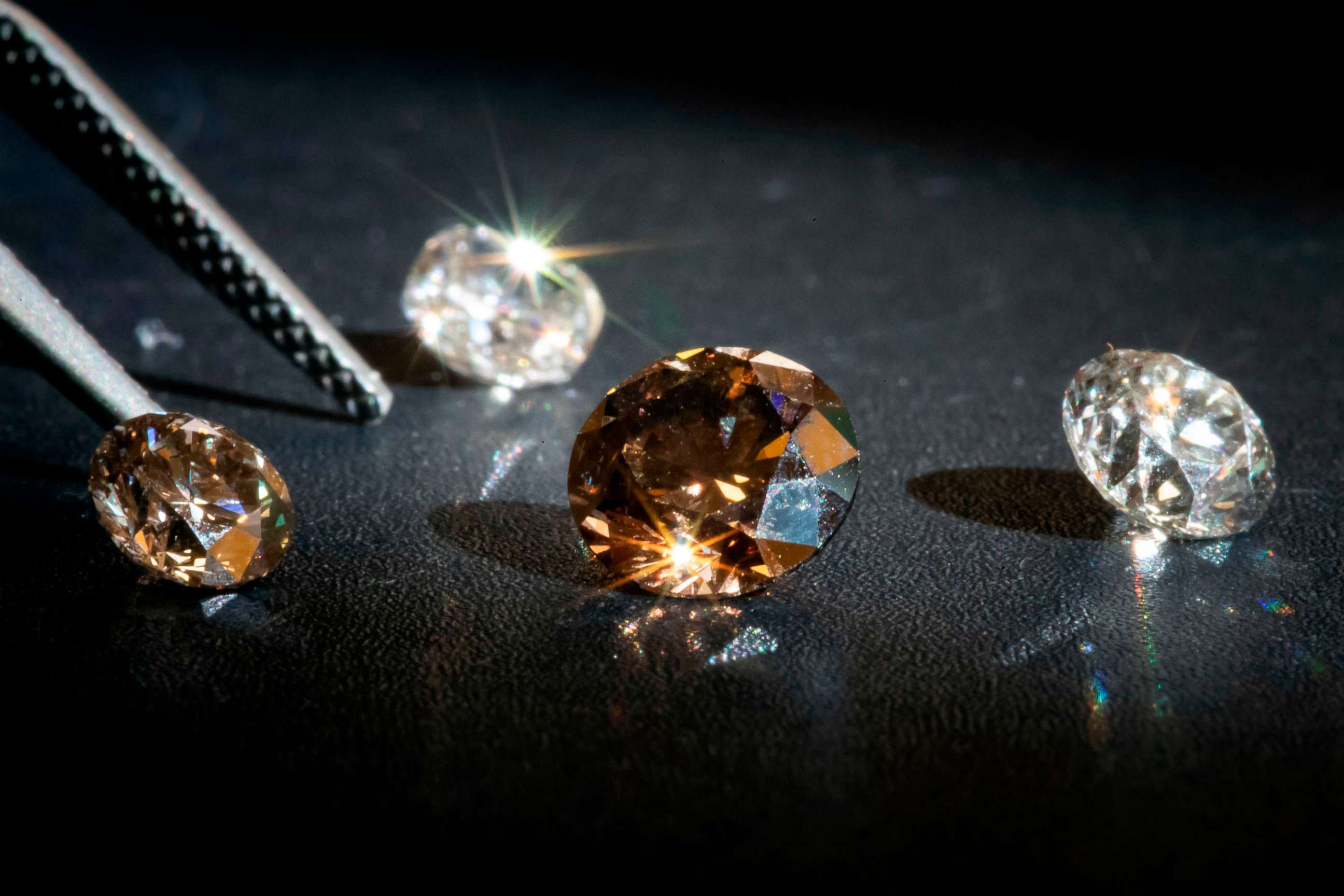Diamonds are renowned not only for their brilliance but also for their diverse shapes, each with its own unique appeal. In recent years, the rise of lab-grown diamonds has revolutionized the market, offering eco-friendly alternatives without compromising on quality. Here’s a detailed exploration of diamond shapes and the impact of lab diamonds in today’s jewelry industry.
Diamond Shapes: A Symphony of Brilliance
Diamond shapes are not merely aesthetic choices; they significantly influence a diamond’s sparkle, brilliance, and overall appearance. Here are some popular diamond shapes and their defining characteristics:
- Round Brilliant: Known for maximum sparkle and fire, the round brilliant cut is a classic choice that emphasizes brightness and brilliance. It comprises 58 facets meticulously arranged to reflect light optimally.
- Princess Cut: Square or rectangular in shape, the princess cut combines the brilliance of a round diamond with a contemporary, geometric appeal. It features sharp corners and a dazzling facet pattern.
- Emerald Cut: This rectangular shape showcases a diamond’s clarity with its step-cut faceting. The emerald cut emphasizes clarity over brilliance, offering a sophisticated and elegant look.
- Oval Cut: A modified brilliant-cut, the oval shape elongates the finger and exhibits similar brilliance to the round diamond but with a unique silhouette.
- Marquise Cut: Featuring a distinctive boat-shaped silhouette with pointed ends, the marquise cut maximizes the appearance of size due to its elongated shape.
- Pear Shape: Combining the round and marquise cuts, the pear shape features a rounded end merging into a point, offering versatility in ring settings and a flattering appearance on the finger.
- Cushion Cut: Known for its rounded corners and larger facets, the cushion cut blends vintage charm with modern brilliance, offering a soft, romantic appeal.
- Asscher Cut: Similar to the emerald cut but with a square shape, the asscher cut showcases a distinctive hall-of-mirrors effect due to its step-cut facets.
Each diamond shape carries its unique allure, catering to different preferences and styles, whether for engagement rings, earrings, or other jewelry pieces.
Lab Diamonds: Redefining Sustainability and Quality
In recent years, lab-grown diamonds have gained popularity for their ethical and environmental benefits. Produced in controlled environments using advanced technological processes that mimic the natural diamond-growing conditions, lab diamonds offer several advantages:
- Ethical Sourcing: Lab diamonds are conflict-free, alleviating concerns about the ethical sourcing of natural diamonds.
- Environmental Impact: With significantly lower environmental impact compared to mining, lab-grown diamonds reduce carbon footprint and ecological disruption.
- Quality and Affordability: Lab diamonds exhibit the same physical, chemical, and optical properties as natural diamonds, often at a lower cost, making luxury more accessible.
- Design Flexibility: Manufacturers can produce lab-grown diamonds in a variety of shapes and sizes, offering greater design flexibility for jewelry designers and consumers alike.
The Future of Diamonds: Balancing Tradition and Innovation
As consumer awareness grows and sustainability becomes a priority, the diamond industry continues to evolve. Traditionalists value the rarity and natural origins of mined diamonds, while modern consumers embrace the sustainable benefits and affordability of lab-grown alternatives.
In conclusion, diamond shapes and lab-grown diamonds represent the intersection of tradition, innovation, and ethical responsibility in the jewelry industry. Whether choosing a classic round brilliant or exploring the eco-friendly options of lab-grown diamonds, each choice reflects personal values and aesthetics, making every diamond purchase a meaningful investment.
Conclusion
Diamond shapes and lab-grown diamonds each contribute uniquely to the jewelry industry, offering consumers a wide range of choices that blend beauty, ethics, and innovation. Whether you prefer the timeless elegance of a traditional diamond shape or the sustainable allure of a lab-grown diamond, the options available today ensure that your jewelry reflects not only your style but also your values.

